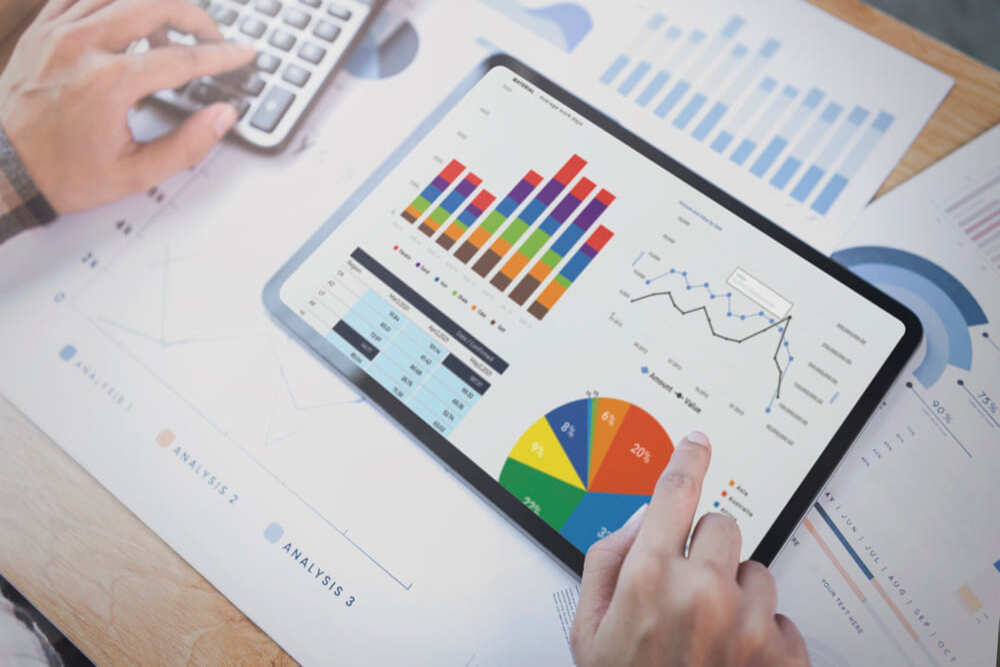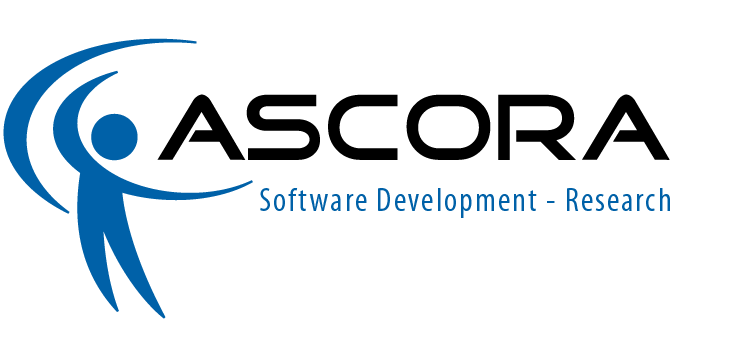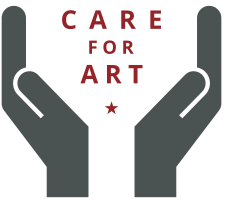The aim of our MUSA project is the development and validation of an innovative and at the same time cost-effective, practical (multi) method for monitoring (observation / surveillance) of objects, collections, buildings or parts of buildings contaminated with hazardous substances.
The innovation of the MUSA system lies in the combined development of practical and cost-effective (multi) methods for sampling and a data protection-compliant, web-based MUSA software platform in which the results are also clearly visible to non-specialists. In this way, we want to enable the actors concerned to deal with contaminated objects in a targeted manner and thus contribute to healthy handling.
The project is funded by the German Federal Foundation for the Environment with reference number AZ 37897/01
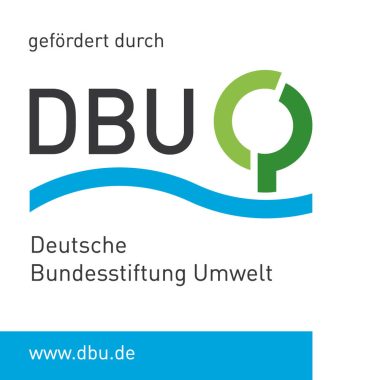
Short Introduction
Background
To protect and preserve them, organic objects in museum collections or even entire monuments and historic houses have been treated with harmful biocides. The majority of organic objects in museum institutions, but also many historical buildings are demonstrably contaminated with hazardous substances such as DDT, lindane, PCP, arsenic, mercury and possibly others. Nowadays, these treatments with harmful preservatives are forbidden and are no longer used. However, these are still present in sometimes very large, often harmful quantities. The consequences are sometimes heavily contaminated objects, workplaces or rooms in museums, depots, collections, monuments, archives and historical buildings.
There is currently a great deal of uncertainty among the sponsors of museum institutions and employees with regard to the identification and handling of these contaminated objects. This uncertainty has a direct negative impact on the day-to-day work of employees and other stakeholders.
We would like to make handling or working with contaminated collections, monuments and buildings safer and professionalize them by making them easier to handle.
Technical implementation

Main Goals – One system for all
Easy handling and innovative evaluation of results
Relief for the environment
Better protection of employees
Prerelease
Are you interested in our prerelease? Then you can register in our MUSA system to order a test kit.
Registration here.
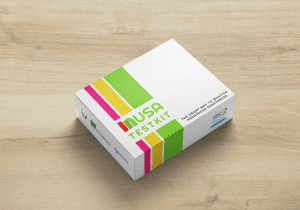
Partner
Team
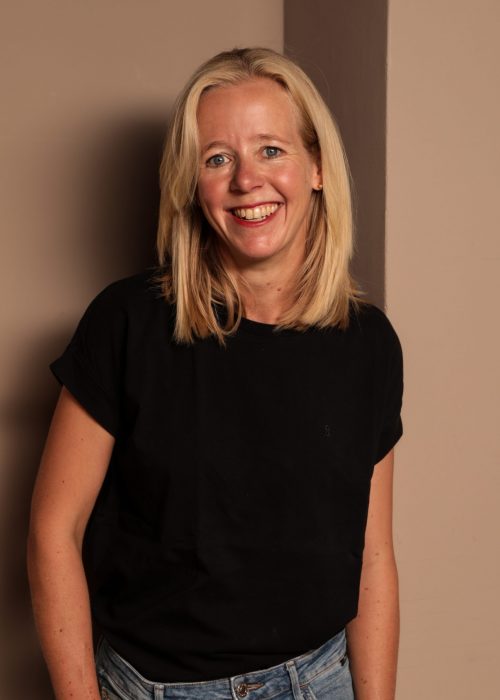
Elise Spiegel
Dr Elise Spiegel set up her own company CARE FOR ART in 2011 and has been offering interdisciplinary and holistic advice on harmful substances for museum facilities ever since.
Weitere Infos

Elise Spiegel

Carolin Hammer
Carolin Hammer has been working as a research manager at Ascora GmbH in Ganderkesee since 2020, where she oversees both national and international research projects. In her role as research manager...

Carolin Hammer
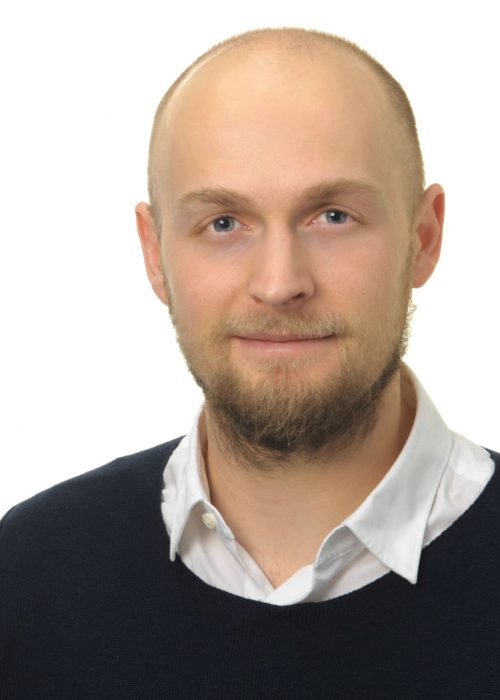
Stefan Rakete
Dr Stefan Rakete is a qualified food chemist with a focus on instrumental analysis. He deals with the analysis of hazardous substances in biological and environmental samples.
Weitere Infos

Stefan Rakete

Katharina Deering
Dr Katharina Deering has a doctorate in human biology and has been working for many years on assessing the risk to workers when handling organochlorine biocides and toxic (semi)metals.

Katharina Deering
Blog
The MUSA Project Reaches 50+ Beta Users
Completion of our first field test at the Botanische Staatssammlung München (BSM)
Start of our first field test at the Botanischen Staatssammlung München (BSM)
MUSA model museums are opening their doors for us
Advisory board meeting for the MUSA project launch
June 1st: Starting signal for the MUSA research project
Participation*
However, we would like to involve you and other interested institutions in the creation of our MUSA biocide database.
The MUSA biocide database records the status quo of biocide exposure in museum facilities with regard to relevant institutional key data (including collection and object types, room data) and analytically relevant parameters (including measuring methods, pollutant type/group/concentration). The focus is on toxic metals and organochlorine pesticides (OCP), which are also the focus of the method development of the MUSA system (see below).
The research results are collected in a database, processed, evaluated and made available digitally on a dashboard with internet access. The participating institutions are guaranteed complete anonymity when the data is published. The statistical evaluation of the collected data is carried out in such a way that a retrospective individual assignment of the results is not possible.
To create the MUSA biocide database, we need museum institutions that provide us with existing data from classic environmental monitoring (dust/room air) for evaluation.
With your help , as part of the MUSA project, we can carry out a comprehensive, systematic recording of relevant, museum hazardous substances of the promote current publicly accessible as well as so-called gray literature and non-public databases.
In this way, 1) the quality and quantity of the hazardous substances used (biocides) 2) particularly affected collections and institutions, 3) documented exposure and health effects on the workers and 4) used analytical methods of environmental monitoring are recorded and evaluated in a structured way.



